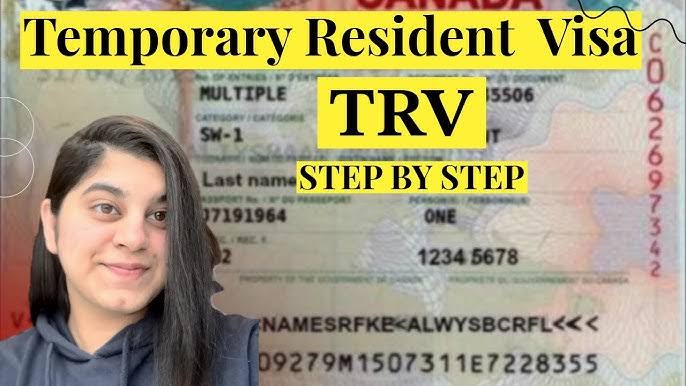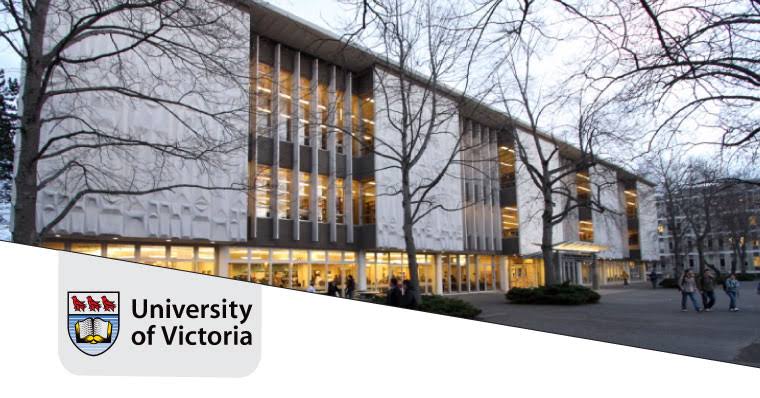Applying for a Canadian Temporary Resident Visa, also known as a visitor visa, is a structured process meant for foreign nationals who wish to enter Canada for a temporary stay. This visa allows people to visit Canada for tourism, business, family visits, or other short-term purposes. As of July 2025, Canada remains one of the most sought-after destinations globally, and the TRV process continues to attract applicants from different countries, especially from Africa, Asia, and Latin America.
With Canada’s updated immigration policies and digitized application platforms, the process has become more transparent, though it still demands thorough preparation and strict adherence to guidelines. Understanding each step is crucial to avoiding delays, refusals, or complications.
Step 1: Determine If You Need a TRV
Before applying, determine whether you actually require a Temporary Resident Visa. Citizens of visa-exempt countries only need an Electronic Travel Authorization (eTA), not a TRV, when flying to Canada. However, those from countries like Nigeria, India, Pakistan, and most African and Asian countries must apply for a TRV to gain entry.
The Government of Canada’s official immigration website provides a list of visa-exempt and visa-required countries. This initial check saves time and ensures that applicants pursue the correct documentation path.
Step 2: Understand the Purpose of Your Visit
The type of documentation and application approach can slightly vary depending on the purpose of your visit. Common categories under the TRV include:
- Tourism (vacation or sightseeing)
- Visiting family or friends
- Business visits
- Attending events, conferences, or training
- Short-term study programs (less than six months)
Clearly identifying and stating your purpose in the application form and supporting documents is essential. Inconsistent or vague reasons for visiting may raise red flags during assessment.
Step 3: Gather All Required Documents
Document preparation is a vital phase of the TRV application process. Each applicant must submit a complete set of supporting documents to prove eligibility and the intention to return home after the visit.
Core documents typically include:
- A valid passport (with at least six months of validity)
- Completed IMM 5257 Application Form
- Family Information Form (IMM 5645)
- Letter of invitation (if visiting family or friends)
- Travel itinerary or flight reservations
- Proof of funds (bank statements, pay slips, sponsorship letter)
- Proof of employment or school enrolment
- Travel history (previous visas and entry stamps)
- A digital passport-sized photo (as per Canada’s specifications)
As of 2025, all applications require biometrics—fingerprints and a photograph—unless exempt. Ensure that your documents are translated into English or French if originally written in another language.
Step 4: Complete the Online Application
Canada has transitioned most TRV applications to online platforms through the IRCC (Immigration, Refugees and Citizenship Canada) website. The process begins by creating a GCKey or IRCC secure account.
After creating an account, applicants must:
- Fill out the online form accurately
- Upload all required documents
- Pay the processing fee (CAD 100 as of 2025)
- Submit the application electronically
Applicants will then receive a confirmation and instructions for the next steps, which often involve providing biometrics at a designated visa application centre (VAC).
Step 5: Book and Attend Biometrics Appointment
After submitting the application, most applicants are instructed to attend a biometric appointment at a local VAC or designated service centre. The biometric fee (CAD 85 as of July 2025) must be paid online before attending.
During the appointment, fingerprints and a photograph are captured. Biometrics are valid for ten years, so repeat applicants may not need to resubmit them within that period.
In some countries, especially in Africa and Asia, appointment slots can be limited. Early booking and monitoring availability are advised to avoid delays.
Step 6: Wait for Processing and Decision
Processing times vary depending on the applicant’s country of residence, application volume, and season. As of mid-2025, average TRV processing times range from 15 to 45 business days.
While waiting, applicants can check their application status through the IRCC online portal. Occasionally, immigration officers may request additional documents or an interview. Prompt response to such requests is crucial to avoid delays or refusals.
Once a decision is made, the applicant receives a message via their IRCC account. If approved, instructions on passport submission for visa stamping are provided.
Step 7: Submit Passport for Visa Stamping
For approved applications, the final step involves sending the passport to the nearest VAC or embassy. This is done either by booking an appointment or using a courier service, depending on the country.
The TRV will be affixed to a blank page in the passport, showing the validity period and the number of entries (single or multiple). The validity is often aligned with the passport expiry date but does not determine how long one can stay in Canada—usually, visitors are permitted a six-month stay per entry.
Step 8: Prepare for Travel to Canada
After receiving the visa, travelers should start preparing for their journey. Though a TRV grants entry permission, final admission to Canada is decided at the port of entry by a border services officer.
Ensure you carry the following when arriving in Canada:
- Passport with the TRV
- Proof of funds and accommodation
- Return flight ticket (if applicable)
- Letter of invitation or itinerary
- Proof of employment or school enrolment back home
The officer may ask questions to verify your travel purpose. Be honest and concise. Any inconsistency could result in denial of entry, even with a valid visa.
Additional Tips for a Successful Application
- Avoid applying at the last minute. Start your process 2–3 months before your intended travel date.
- Maintain strong ties to your home country. Proof of employment, property ownership, or family responsibilities improves approval chances.
- Stay consistent in your documentation. Contradictory information can lead to rejection.
- Don’t rely on fraudulent agents. Use credible immigration consultants or apply directly through official channels.
- Always keep a copy of your application and confirmation documents.
Conclusion
Applying for a Canadian Temporary Resident Visa requires clarity, honesty, and proper documentation. As of July 2025, the digitized process has made it more accessible, but it still demands close attention to detail and proactive planning. A successful TRV application opens the door to valuable experiences in Canada—whether for tourism, family bonding, or business opportunities. With the right preparation, your journey toward visiting Canada can begin smoothly and confidently.




Good
Helpful